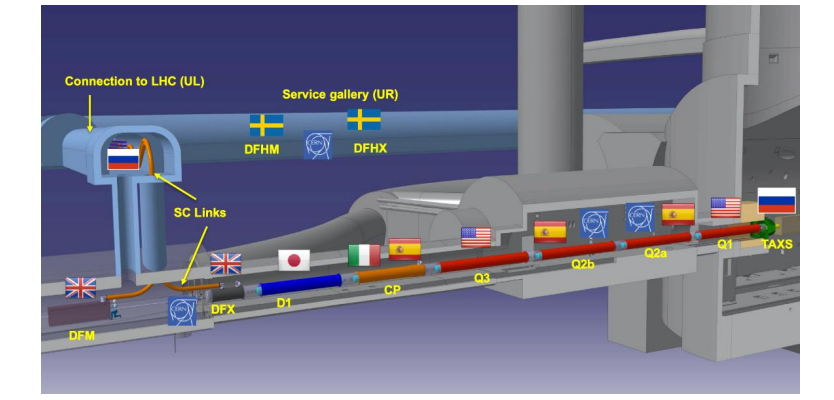After the last Collaboration Meeting in Fermilab in October 2019, there have been several important developments in collaboration matters. The 2019 LIU/HL-LHC Cost and Schedule Review outcome was very positive with inclusion in the baseline of the various pending options that were all items to be procured via collaboration agreements. That allowed the settlement of the corresponding agreements, mainly with Russia and the UK.

The Russian Federation (RU) contribution to HL-LHC was consolidated with the signature of ten collaboration agreements by the laboratories and universities. During the recent CERN-Russia 5+5 meeting, it was confirmed that a governmental decree will be signed in September 2020 to include the financial coverage in the RU budget and funds will be released to start the various constructions. We welcome BINP, IHEP NRC-KI, MEPhI and PNPI as new members of the HiLumi collaboration.
The Collaboration Agreement with TRIUMF for the construction of Crab Cavity Cryo-modules is being finalised, as is the MoU with Fermilab to formalize the US contribution. An important set of five collaboration agreements are now being brought to the final stage of signature for the HL-LHC-UK2 contribution. The Collaboration Agreement with the University of Uppsala for the construction of the DFH distribution feedboxes is in advanced state of negotiations. Finally, we are also finalizing a Collaboration Agreement with Serbia for the construction of all support feet of the new HL-LHC equipment in the Long Straight Sections of IR1 and IR5.
In summary, all possible items that were on the table for Collaborations have been assigned, and the best picture of this achievement is in the two figures here included that map the in-kind contributions to the future hardware in the LHC tunnel.

While still important agreements are being prepared for manpower needs, the hardware-related collaborations have been completed and a new phase is starting in which the Collaboration effort is directed towards the support of Work Packages for the monitoring of the execution of these very important agreements that make the HL-LHC a truly worldwide International Collaboration.
